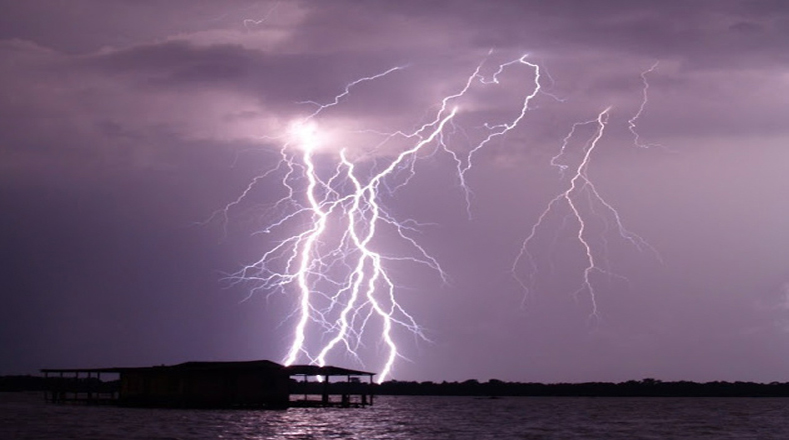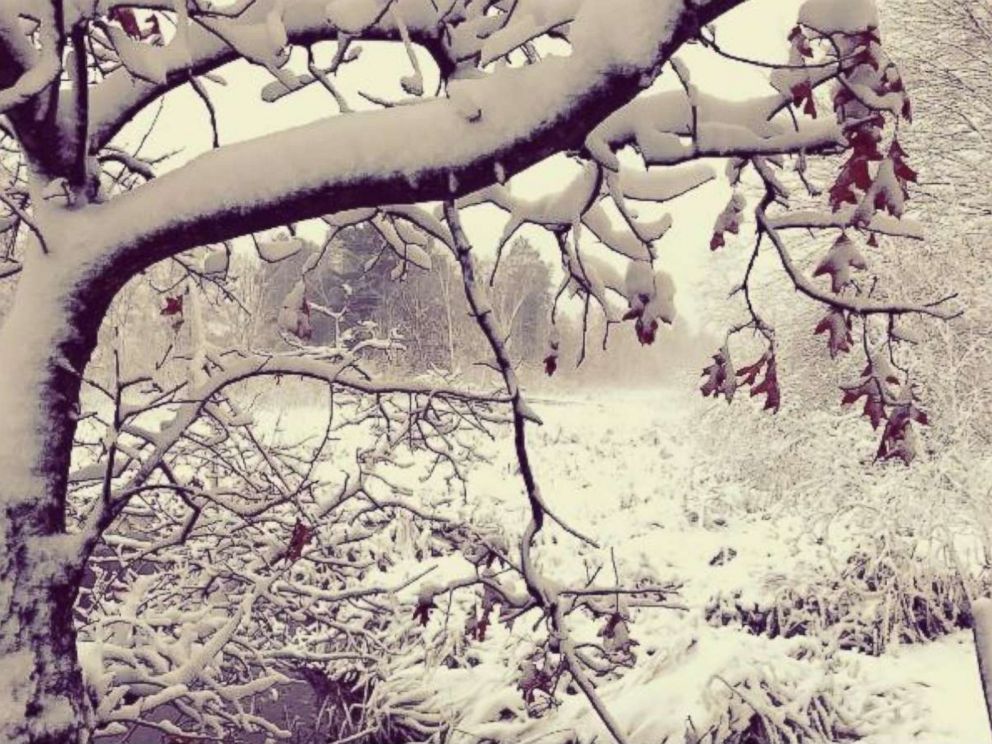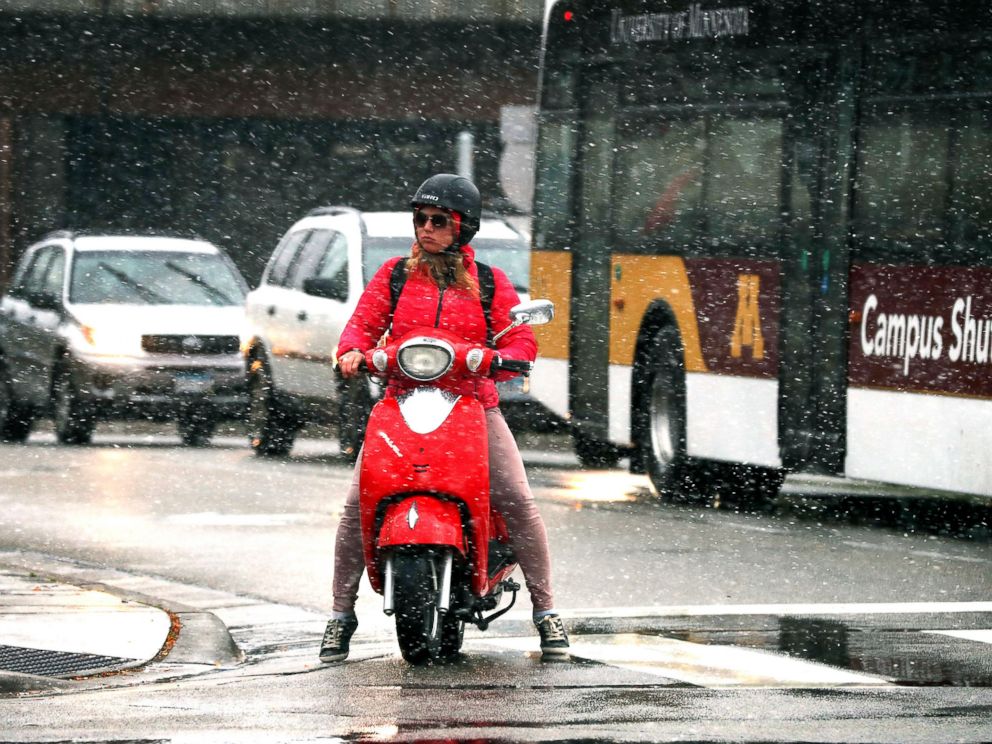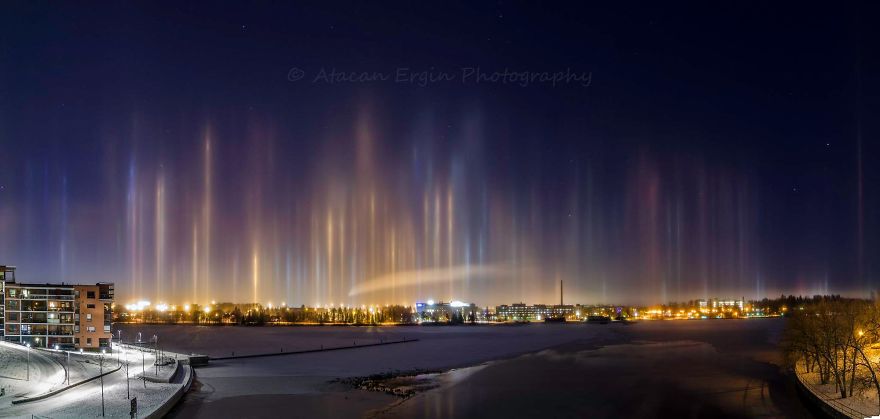November weather is usually hard to predict because of the varying seasons. Despite this, meteorologists are warning families of the possibility of severe storms and heavy rain. Here is a list of things to come in November:
1) The Midwest is said to have snow in November and the lower Midwest will lean towards December snow.
2) Low Pressure Systems are likely to produce Witch Storms
3) The Lake effect snow season is going to be even stronger for those regions near lakes.
4) There will be a second Tornado Season in the lower right hand corner of the United States.
5) Hurricane Season will be over but it is important to keep watch at all times. With such an unusual year of Hurricanes, many meteorologists will keep tabs on hurricane patterns.
6) An intense wet season will push atmospheric rivers to begin their flow to the West Coast.
https://weather.com/science/weather-explainers/news/2017-11-01-november-weather-what-to-expect-united-states

















